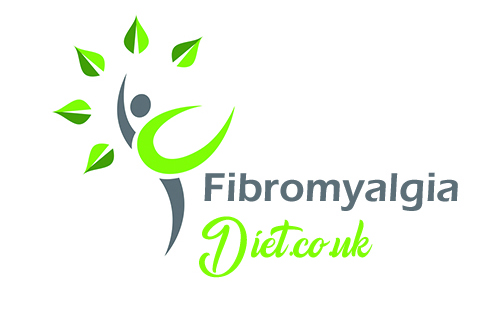Top Exercises to Help with Fibromyalgia
L’activité physique améliore l’endurance, la force et la souplesse musculaires. Elle est à l’origine d’une sensation de bien-être et entraîne une reprise de confiance en soi. De plus, elle joue un rôle social important. Et enfin, elle est bénéfique au plan cardiovasculaire, améliore la densité osseuse et réduit l’anxiété.
Biking
Another great sport for those with joint problems is cycling. This sport provides excellent training for the heart and lungs, while exercising the leg muscles. However, there is no impact on the joints because the effort is gentle, using the pedals to create the effort.
For people with back pain, biking can be a concern, because when riding a bike, you have to lean toward the handlebars. Of course, for a less intense workout, a sit-up bike may be ideal. For most serious cyclists, however, a racing bike will be the best choice.
The bike is definitely a great choice for people with knee problems, as there is very little impact, while it can help build muscles all around the knee, which provides great support for the joint.
An alternative with the elliptical trainer
For those who like to use gym machines, the cross trainer is a great choice.
This machine offers training for the whole body, without impacting the joints. The exerciser stands on the pedals and pushes downward to create a slow running motion on the spot. This exercise can be done slowly or quickly, with an up and down movement or with a more circular movement. One positive point of using the cross trainer is that this exercise can be done with the movement of the arm in addition to the movement of the legs.
To use the arms too, just hold the handles and move them forward and backward. The cross trainer offers one of the best workouts for the whole body in the gym, so it’s the best choice for anyone who wants to exercise.
Bodybuilding Exercises
Their primary function is to strengthen the power of the muscles. Thus, the muscles are connected to the bones: these exercises or these sports will help to strengthen or maintain the resistance of the framework of the muscles used. These are:
weights,
elastic bands,
weight machines,
lifting your own weight,
specific movements (functional gymnastics)…

There are ways to reduce the risk of injury associated with high-impact sports:
Avoid overtraining. If you play the same sport or do the same type of exercise every day, and especially if you push yourself all the way, you risk getting in trouble.
Try to relax at the start of the workout, and gradually increase the pace. If you plan to run a marathon, sign up for next year’s, not this year’s, and incorporate other forms of exercise such as swimming and yoga to build endurance.
Finally, don’t neglect your heart. When this organ is not strong enough, it can cause injury to the arms or legs. Pilates classes can improve your muscle strength.
Hiking
Walking is a great exercise, it is well known. Hiking offers the same benefits, but a hundredfold. Going off the beaten track, you admire nature while working your lower body in a low-impact activity that involves several muscles. Trail walking gives you the equivalent of weight training on an exercise staircase or a treadmill. Hiking is as good for the athlete as it is for someone who just wants to improve their health.
Why go hiking?
It’s never boring. A new landscape awaits you at every turn.
It’s a good way to lose a few pounds and help your immune system. Beginners: You can lose 300 to 400 calories per hour on a moderately demanding trail, or 2,000 calories – what you burn in a week – on a hike. You lose more if you walk faster.
You will feel better and have a clearer mind. Result? You will want to start again!
Yoga
In practice, trends come and go: one day, we only have it for aerobics, the next day for Tae-Bo, the day after tomorrow, for spinning. But one type of exercise has survived all the craze: yoga. Developed five centuries ago by Hindu spiritual masters to unify body and mind, yoga has never ceased to be transmitted from master to disciple. Today, conventional medical research is finding that these postures and stretches, combined with deep breaths, can prevent and cure a host of problems. Postures, called asanas, make the body more robust and flexible, improve balance and increase energy.
The slow movements of yoga are exercises without impact or pain. Even if you only move two centimeters and keep the posture for five seconds, you increase your flexibility and improve your performance. According to recent studies, the static stretches associated with yoga – gradual and controlled elongation of the muscles maintained for 15 to 30 seconds – help reduce muscle soreness. The immune system no longer has to respond to it with inflammation, one of its normal functions. When tissues are injured by exercise (or by bacteria, toxins or heat), they release chemicals that invite white blood cells to “digest” dead or injured cells. This process, called phagocytosis, destroys thousands of white blood cells. Another key benefit is that well-practiced yoga reduces the risk of lower back pain. Stretching increases the temperature of the tissues, which promotes muscle relaxation and reduces lumbar stress.
